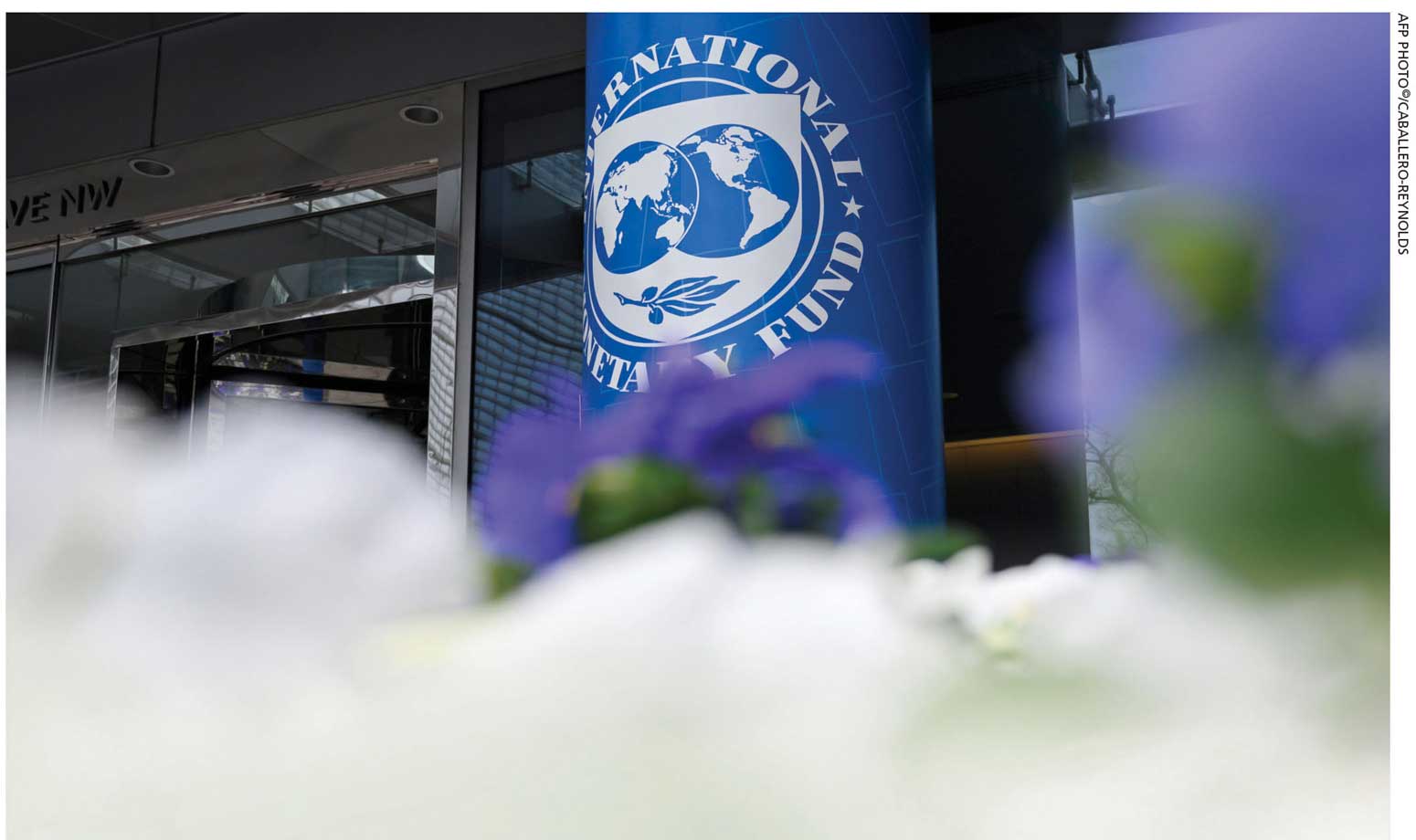THE BIG PICTURE

HORIZONS Many would-be pundits continue to poke fun at the IMF’s Extended Fund Facility (EFF) – an instrument or bailout package to contain long-term balance of payments deficits, which arise from structural impediments and call for fundamental economic reforms.
They cast such aspersions on the basis that Sri Lanka’s commitment to the lender of last resort is akin to surrendering our sovereignty in some shape or form.
But these pretenders fail to factor in our abysmal track record of fiscal management over the years, which is why we have been in a state of bankruptcy for over a year.
On the contrary, one is inclined to say that we should ask the International Monetary Fund to drive Sri Lanka’s fiscal and monetary agenda until there’s real system change!
In fact, we’re presently witnessing something of this sort, if the origins of the new tax regime, sky high electricity tariffs, the fuel quota system, and debt restructuring negotiations with nations and institutions among other realities are considered.
And despite the massive sacrifices that people from all walks of life and small businesses are being compelled to make, it is for the ‘pundits’ to tell us whether there’s another way – other than giving in to the threat of violence some radical elements pose, in their quest to grab power in the name of ‘democracy’… by undemocratic means!
One example of how the EFF is turning the tide in our favour is the recent appreciation of the Sri Lankan Rupee, which is being driven by the confidence emanating from having access to around US$ 3 billion (over four years) through the IMF programme, in addition to higher inflows of worker remittances and tourism.
This improved market sentiment has already led to the announcement of a US$ 400 million facility from the IFC to three banks in Sri Lanka. A commitment from the World Bank to provide 1.5 billion dollars in addition to a reported aid package of US$ 1 billion from the Asian Development Bank (ADB) are among the immediate potential additions to our forex reserves.
In addition, the president says the IMF programme “will allow Sri Lanka to access financing of up to seven billion dollars from the IMF, international financial institutions (IFIs) and multilateral organisations.”
The IMF has also mooted a restructure of selected state owned enterprises (SOEs) that could raise as much as US$ 3 billion in the medium term, reports say.
Meanwhile, the Governor of the Central Bank of Sri Lanka has acknowledged that “Sri Lanka would need to restore debt sustainability over a 10 year period as per the agreement with the IMF and the latter will provide a road map to bring down debt levels over that period.”
And the president recently informed parliament that currently, “Sri Lanka has to repay about US$ 6 billion annually until 2029,” although the governor says this amount will be reduced post-debt restructuring.
Sri Lanka also has in place a 1.5 billion dollar swap arrangement with China, “which can be used if domestic reserves support three months of imports,” he has affirmed.
While none of the above will guarantee Sri Lanka’s chances of reversing the spiral of bad news and hardships – including the cost of living and squeeze on disposable incomes – there is seemingly no option but to believe that hope is on the horizon.
– Editor-in-Chief






Leave a comment